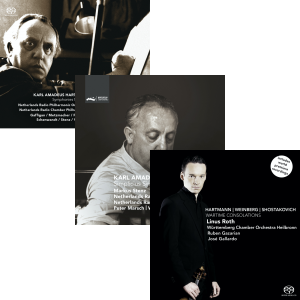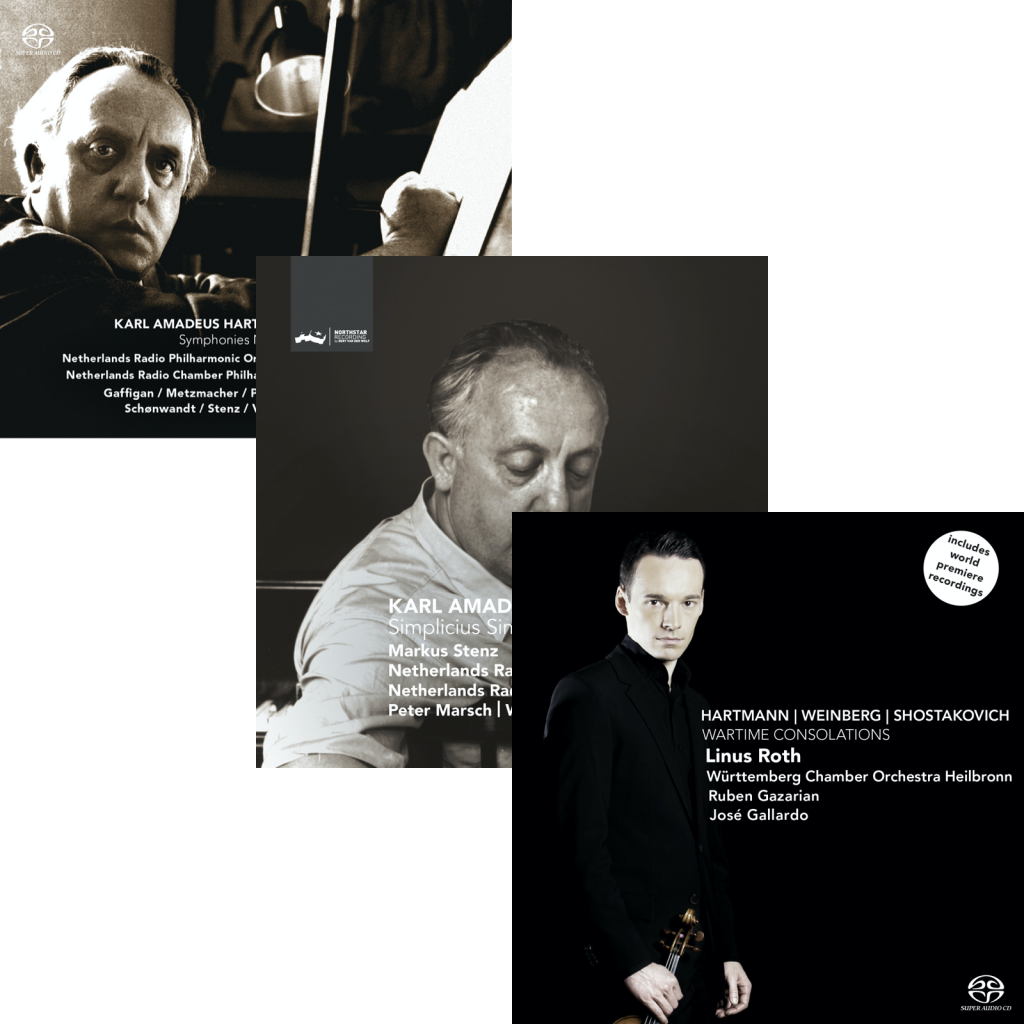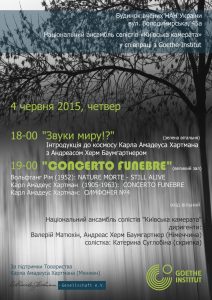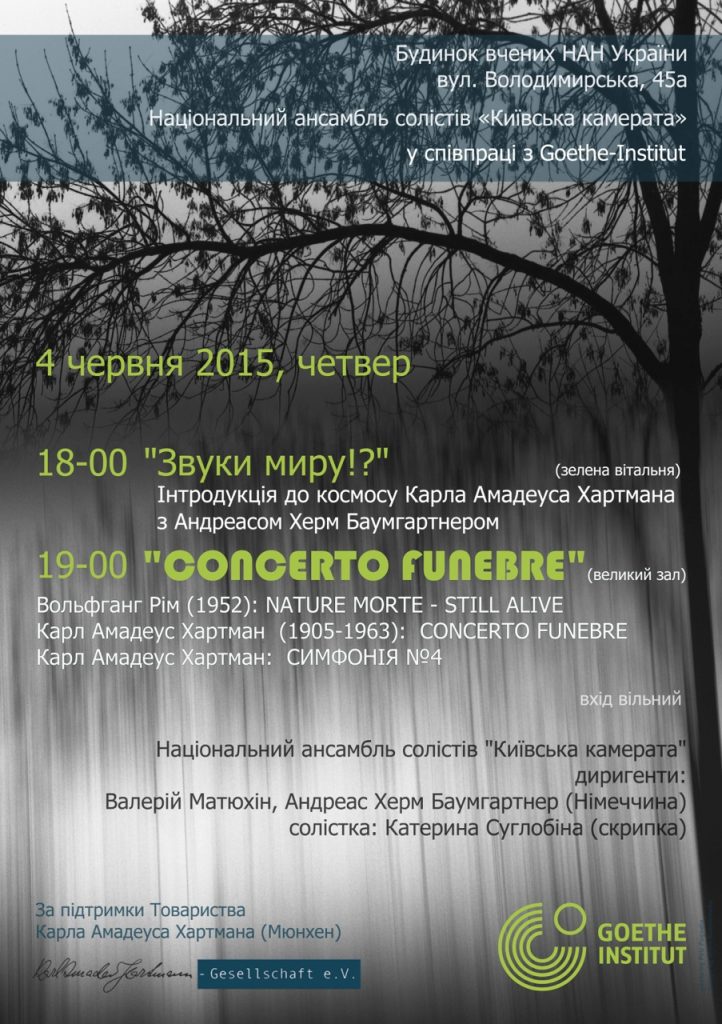On January 7, a seminar of the Musicological Institute of the Ludwig-Maximilians-Universität took place in the rooms of the Karl-Amadeus-Hartmann-Gesellschaft at 2 PM –
it was dedicated to the topic “Institutions and Festivals of New Music”. The second part of the seminar dealt with Karl Amadeus Hartmann and musica viva. Prof. Dr. Wolfgang Rathert as well as Andreas Hérm Baumgartner, the director of the Karl Amadeus Hartmann Society, described to the twelve students of musicology the early days and the basic ideas of the musica viva concert series founded by Hartmann, which still exists today and is dedicated to contemporary music. They ranged from the 1920s, more precisely from the concert series “Die Juryfreien” founded by Hartmann (per se his first field of experimentation, in which he also included literature and the fine arts), through Hartmann’s compositional work and his attitude during the years of National Socialism, to his early death in 1963.
Karl Amadeus Hartmann – with his attitude of refusing to be appropriated by the Nazis and his all the more active role abroad – sought in each of his works international solidarity with allies in spirit and put a concrete message ot it. Be it through the use of forbidden texts and melodies or with the help of Jewish songs. Especially the use of the Jewish song “Elijahu hanavi” in all compositions written between 1933 and 1945 became Hartmann’s lament for the extermination of the Jewish people and the persecution of all opponents of the regime. Andreas Hérm Baumgartner used historical events – such as the Seizure of control, the enactment of the Nuremberg Laws, the November Pogroms and the beginning of the war – for illustration and showed Hartmann’s compositional reaction in musical examples.






